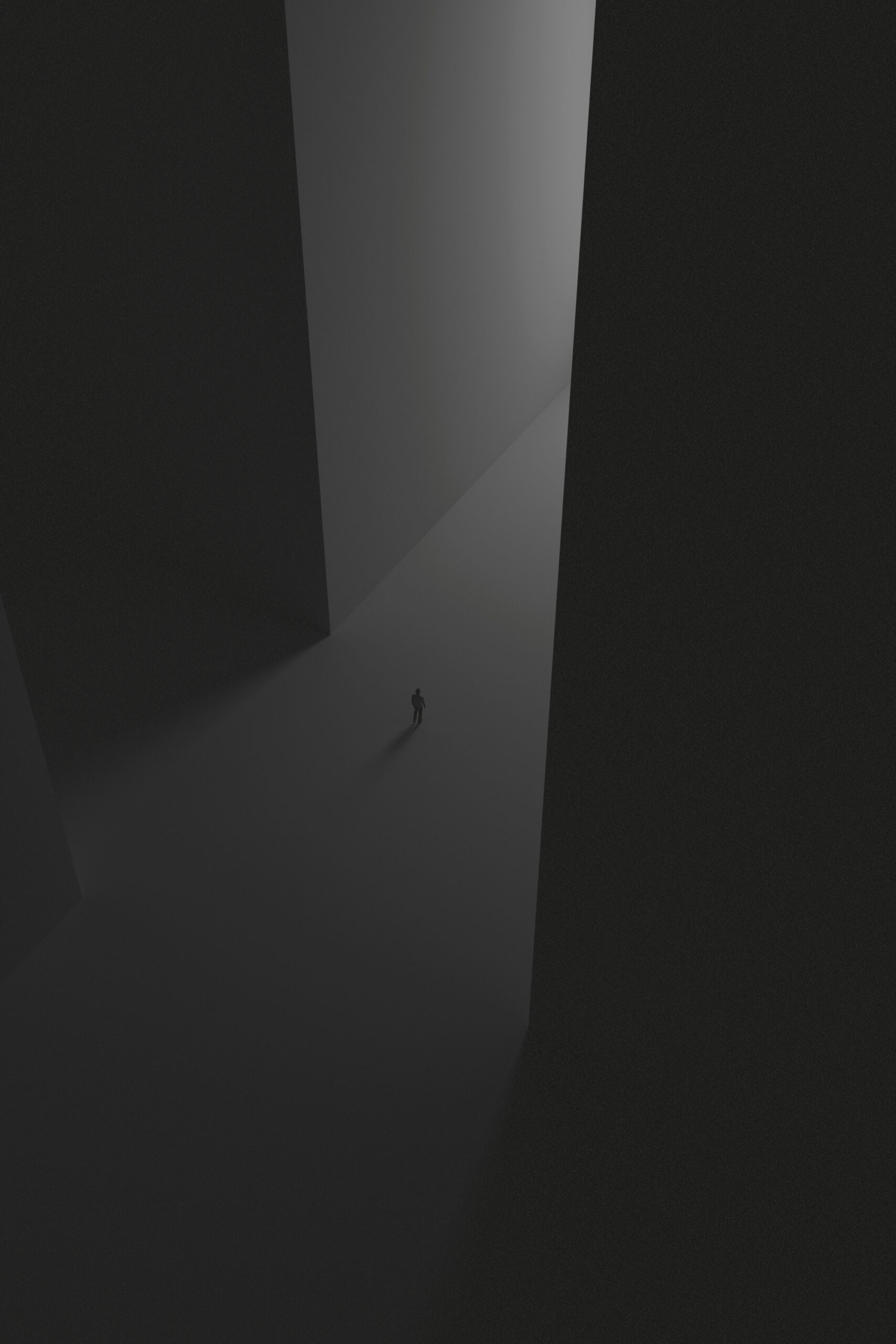
Background
The relation between body, mind and the built environment is getting more evident through research in recent years. Growing empirical evidence indicates that well-designed environments raise mindfulness, restore cognitive fatigue, improve well-being, maintain health and facilitate healing.
Yet, most of the architecture being built today doesn’t facilitate these issues within the design process. Today’s buildings often lack an emotional and spiritual content. As stated by Pallasmaa, a result of today’s focus on technology in architecture creates cities pervaded by a ”sense of emptiness, distance and rejection”.
Architecture has the capability to inspire and influence human behaviour. It’s one of the most influential human produced artefact, even when not consciously noticed. The majority of our lives is spent inside buildings that may affect our mental well being greatly.
Humans relation to architecture is ambiguous in the sense of its task. Architecture is the enabler of physical comfort and basic shelter, at the same time having the capacity to emotionally move the human soul and nurture people’s identities by articulating the wider cultural and societal conditions.